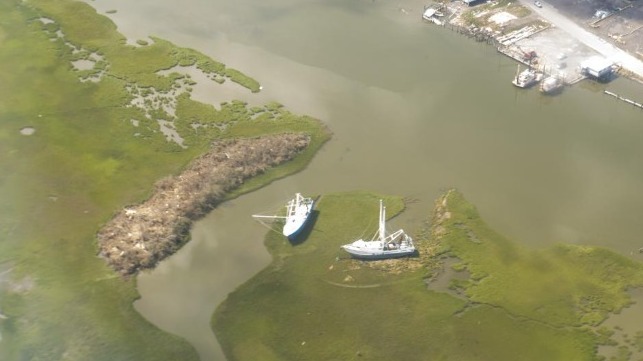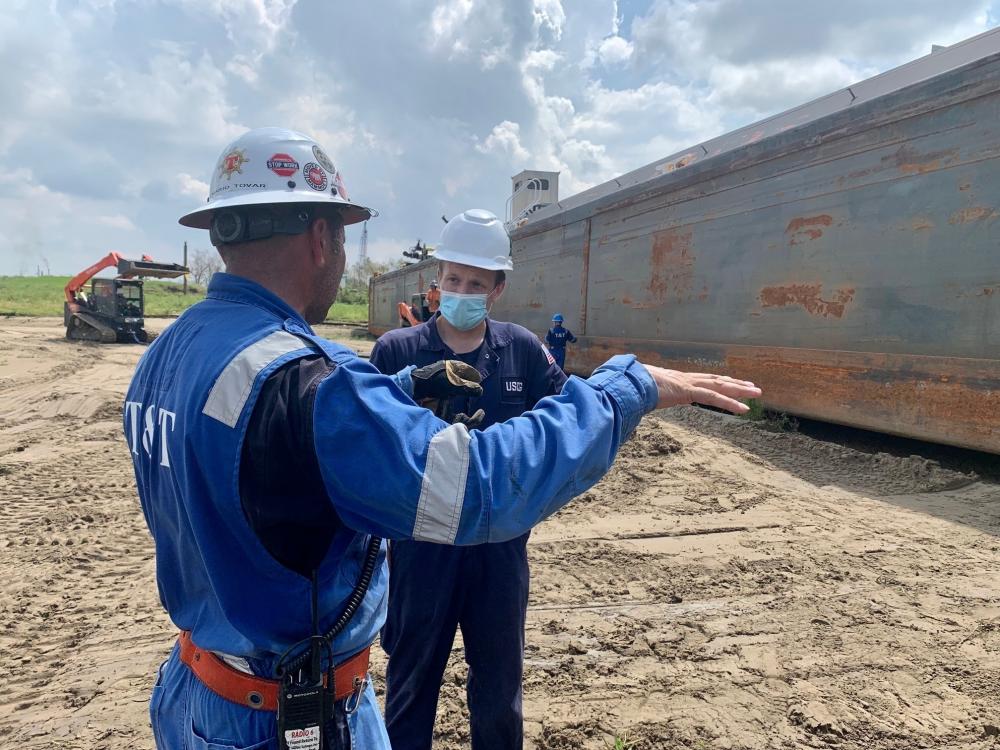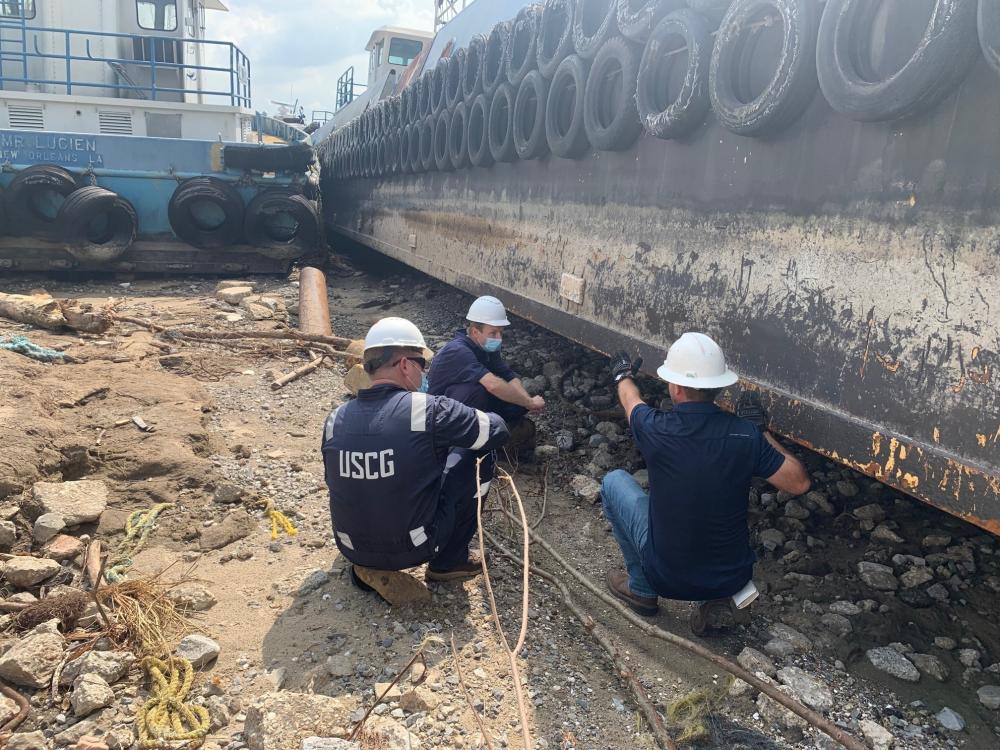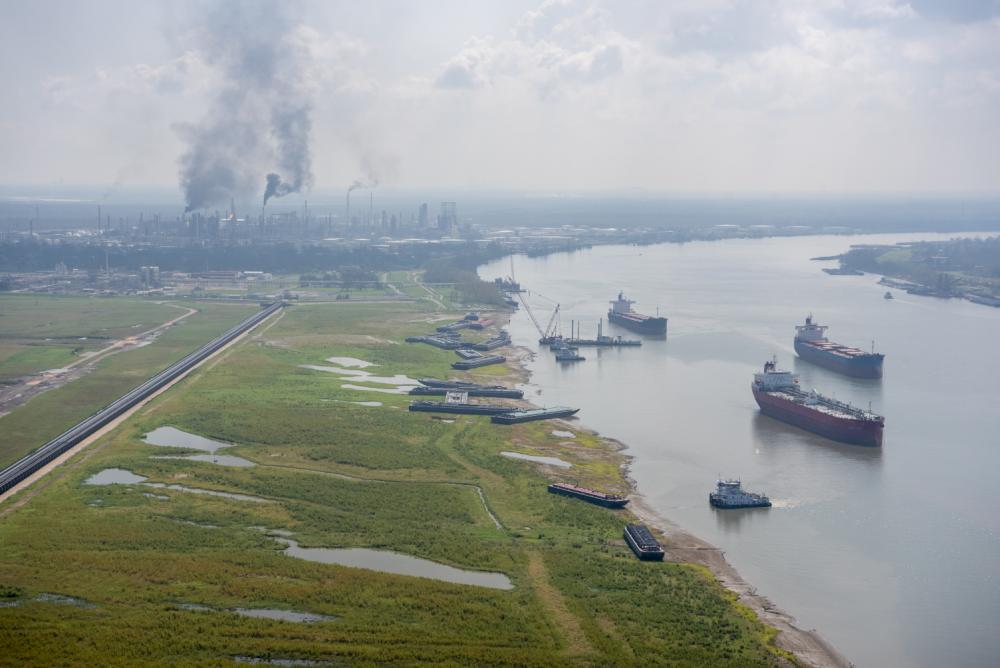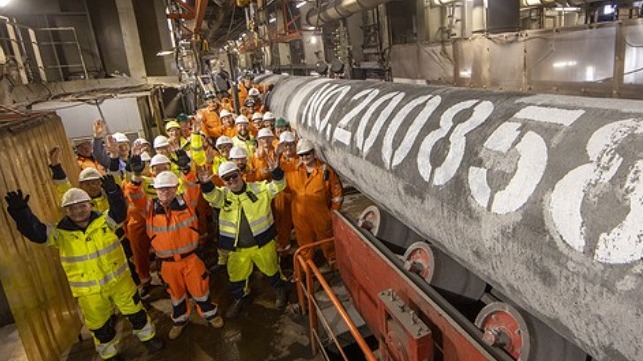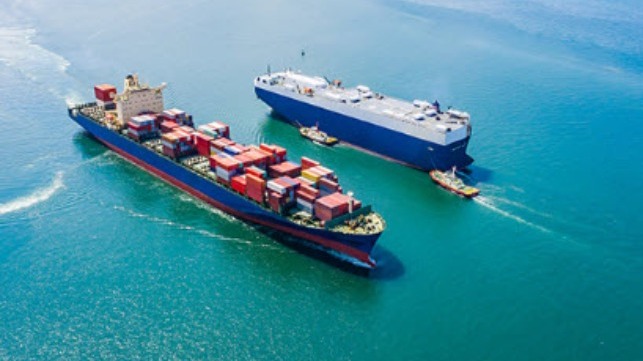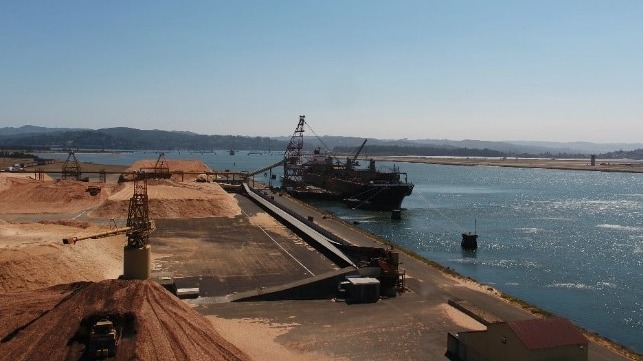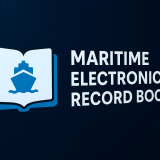NTSB latest Safer Seas Digest includes lessons learned from US maritime incident investigations, highlighting many safety concerns in accident scenarios such as bridge strikes. Following analysis of 42 cases, occurred during 2020, NTSB warns that new lithium-ion battery hazards can be every bit as deadly as the worst storms.
The NTSB responds to accident lessons by issuing and reiterating safety recommendations, until safety improvements become realities on board vessels, throughout the organizations that operate them, and in the Coast Guard’s regulations.
The real world is a peculiar academy. We hope that this collection of lessons learned in the investigations closed in 2020 helps readers to take a step back and view their own operation with a cold, critical eye, then return to their day-to-day routines ready to take the appropriate action.
…NTSB commented.
14 lessons learned and considerations from 2020 cases
#1 Navigating Through Bridges
Bridge strikes were the most common accident investigated and reported on by the NTSB in 2020. Restricted maneuvering room, unusual currents, low clearance heights, and obscured sight lines can all combine to make bridge transits more difficult. During high-water conditions, these factors are exacerbated by increased and varying currents and reduced ability to control speed. When transiting familiar waterways, complacency can set in, leading to reduced attentiveness when operating near bridges.
Mariners are advised to always plan for and take caution during bridge transits, regardless of familiarity, taking special note of the environmental conditions and special maneuvering considerations of the vessel.
#2 Standard Operating Procedures
Improper operation of equipment, poor maintenance, and ineffective action to prevent or mitigate an emergency can often be traced to the absence of standardized procedures or the failure to follow standard procedures. At a minimum, specific written procedures should be developed for planned vessel operations, the regular maintenance and testing of equipment, and potential emergencies such as fire, flooding, and man overboard.
Once procedures have been implemented, owners and operators should ensure crewmembers are thoroughly trained in and adhere to the procedures. By actively involving themselves in ensuring procedures are followed, owners and operators can identify and correct when non-conformities exist and mitigate future risk.
#3 Smoke Detection
In order to ensure the safety of crewmembers and passengers, it is imperative that vessels be equipped with adequate smoke detectors to provide early warning of a fire. Smoke detectors should be installed in all passenger vessel accommodation spaces, including those spaces that serve as escape routes.
Smoke detection systems should interconnect all smoke detectors, so that all detectors alarm when one detector is activated.
#4 Voyage Planning and Dynamic Risk Assessment
Regardless of requirements, planning and preparation before commencing vessel operations is critically important. Owners and operators should develop voyage plans that assess operational risks and hazards along the intended route, including decision points that describe places or times when vessels must take action to avoid hazardous conditions.
Once new hazards have been identified while vessel operations are under way, the use of dynamic risk assessment allows operators to evaluate and take control of the situation.
#5 Effective Communication
Early and frequent communication, both external and internal to the vessel, is an effective measure in averting accidents. When meeting or overtaking another vessel, the use of VHF radio can help to dispel assumptions and provide bridge teams with the information needed to better assess each vessel’s intentions.
Within the wheelhouse, the bridge team should share the same mental model for a maneuver and fully understand the planned tasks, communications should be open and should continue throughout the evolution, and clear orders and commands should be acknowledged and carried out promptly
#6 Operating in High-Water/ High-Current Conditions
Strong currents caused by seasonal high waters pose unique hazards for vessels working on and transiting inland rivers. Mariners should thoroughly assess the impact of a strong current on all aspects of operations, including securing barges, passage planning, and tow handling. Water flowing over normally exposed terrain and obstacles or man-made structures can change the expected current.
Mariners should thoroughly assess the impact of high current on local hazards, such as jetties and bridges, and their effect on navigation.
#7 Lithium-ion Battery Hazards
Lithium-ion batteries are used extensively in cell phones, cameras, computers, and other equipment, and are increasingly found in marine applications, including propulsion systems. The proliferation of these energy sources presents some risk, however. Auto-ignition of lithium-ion batteries have been reported throughout all modes of transportation and have the potential to start larger fires.
Devices with lithium-ion batteries should not be left unattended, particularly while charging, and owners and operators should develop procedures for the storage and emergency disposal of such batterie
#8 Crew Training
When training new crewmembers, it is important to thoroughly explain the systems and procedures used aboard a vessel and to conduct practical training that simulates scenarios comparable to the operations in which a crewmember will be serving.
Trainers should maintain heightened attention and consider a trainee’s experiences and skill level when allowing the trainee to operate a vessel in difficult circumstances.
#9 Vessel Speed
When maneuvering in restricted or busy waterways, vessel speed can be a tight balancing act. Vessels must operate at a slow enough speed to safely navigate through the waterway and traffic while still keeping sufficient waterflow over the rudder to maintain effectiveness. While conning a vessel, operators must consider the size and maneuverability of the vessel, traffic and environmental conditions, and the status of tugboats and assist vessels.
During difficult docking or manuevering situations, operators should consider employing additional tugboats.
#10 Storage of Flammable or Combustible Materials
When storing flammable or combustible materials or liquids, operators should pay close attention to potential heat or ignition sources and any special storage requirements. Gasoline is particularly dangerous to store due to its high volatility and flammability. Gasoline should only be stored in tanks designed to established standards, and spaces containing these tanks should be designed and ventilated according to established standards, to ensure gasoline vapor does not become entrapped.
Vessel owners and mariners must also ensure that components and equipment near flammable liquids or vapors are properly grounded and intrinsically safe.
#11 Closing Ventilation Inlets
During a Fire Fixed fire-extinguishing systems in engineering and other hazardous spaces require a minimum concentration of extinguishing agent to either halt the chemical reaction producing the fire, displace the oxygen feeding the fire, or effect a combination of both.
To ensure the effectiveness of the system and prevent the reintroduction of oxygen to the space, all ventilation inlets should be designed or modified to be closed remotely or covered by the vessel’s crew
#12 Effective Hull Inspection and Maintenance
To protect vessels and the environment, it is good marine practice for owners and operators to conduct regular oversight and maintenance of hulls, including between drydock periods. Regardless of inspection requirements, owners are obligated to ensure vessels are properly maintained, equipped, and operated in a safe condition.
Issues with watertight integrity and wastage should be addressed immediately.
#13 Inspection of Control Linkages
Operators of vessels using adjustable linkages that include jam nuts, locking nuts, or other devices should frequently examine the position of the linkages to verify their security and develop procedures to effectively ensure critical control system components are included in preventative maintenance programs.
Component and control system manufacturers should provide guidance/ options for passively securing jam nuts and shackle pins, such as locking wire, locking washers, securing tabs, threadlocking insert materials, thread-locking fluid, or other means.
#14 Fatigue
Fatigue is a longstanding issue that has plagued all sectors of the marine industry (indeed all sectors of transportation), and the 2020 reporting period was no different. Failing to get adequate sleep is a high-risk practice that leads to accidents. To prevent fatigue among crewmembers, companies should monitor the watch schedules of their crews to ensure that they are properly rested and are afforded proper work/rest schedules.
Crewmembers also should be encouraged to request assistance from other crewmembers if they feel fatigued.
SOURCE READ THE FULL ARTICLE
https://safety4sea.com/ntsb-14-key-findings-from-us-maritime-investigations/
